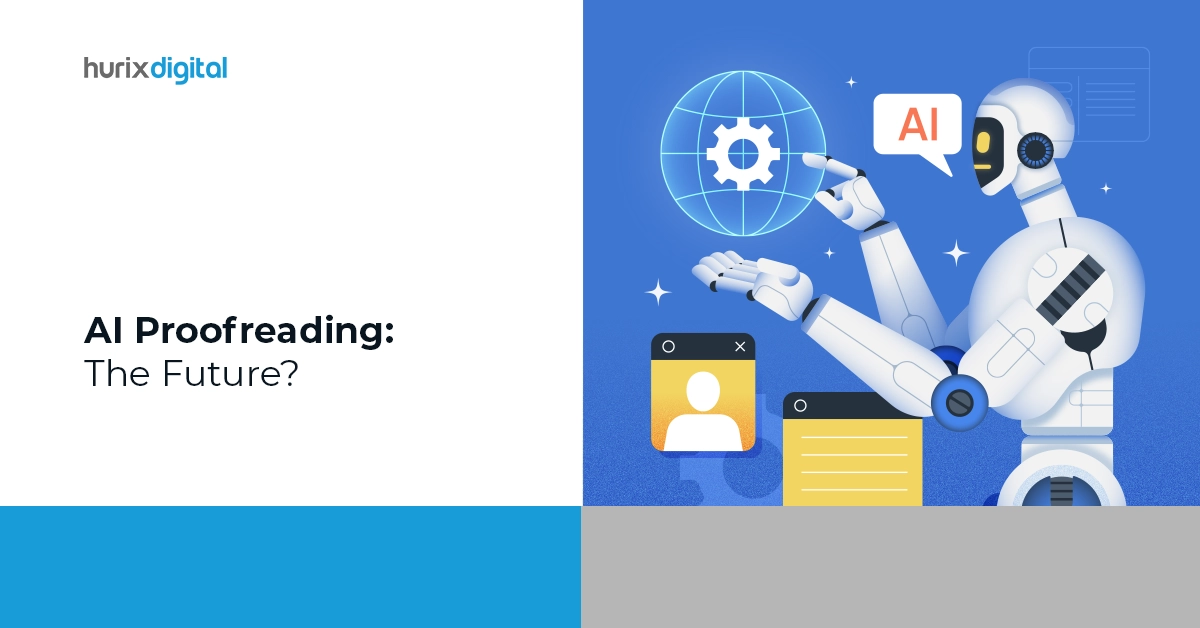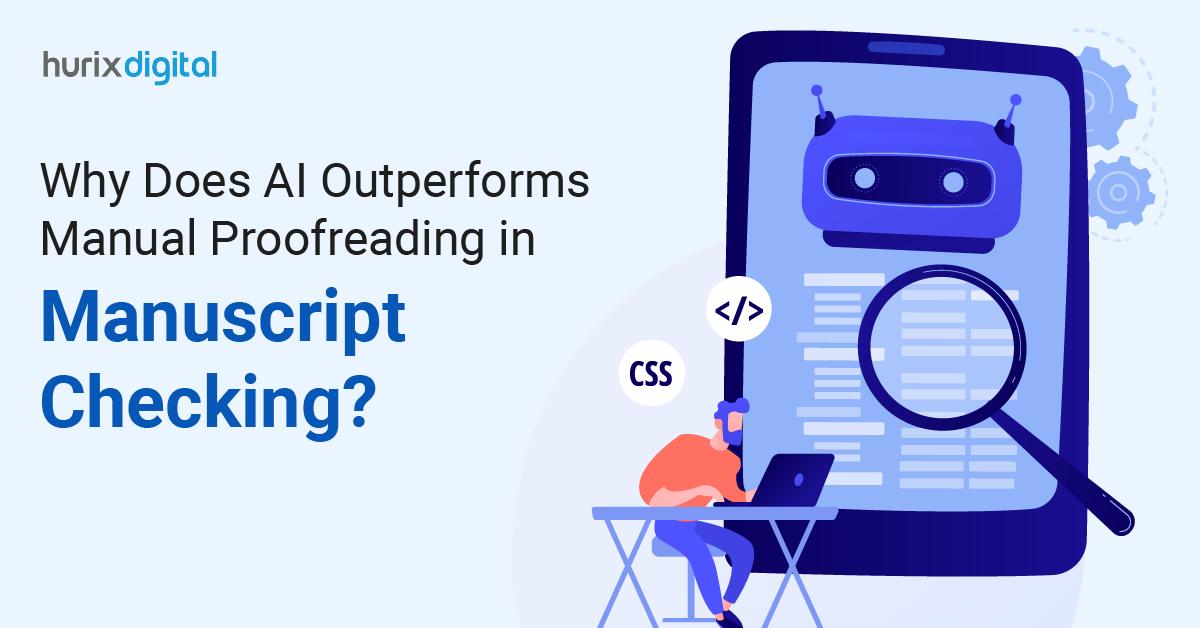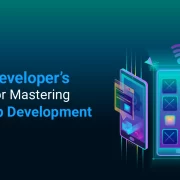
AI Proofreading: The Future of 2024?
Summary
Explore the future of AI proofreading. This article discusses advancements in AI technology and its potential impact on proofreading and editing.
Artificial intelligence has proven to be a diligent coworker for those in the content-churning industry. Whether it is running spellchecks, checking for correct grammar, or even adjusting tone, AI is now seen as a constant companion in the writing business. With technology constantly evolving, AI proofreading has also been making significant strides.
AI tools use natural language processing to review and correct content. These tools, much like professional proofreaders, check the same parameters: spelling errors, grammar, punctuation, and style. They have the potential to cut down on human error as well as improve the quality of written work in comparatively less time.
AI proofreading software can also handle large volumes of text, which can alleviate the burden on editors and ensure timely publication. The initial impression might be that AI can now start replacing human proofreaders, but is that the right takeaway?
There is much more to proofreading than just correcting errors. Can AI emulate the creativity and editorial expertise of human proofreaders?
To understand this further, let us delve deeper into what AI tools can and cannot do.
Table of Contents:
- The Capabilities and Limitations of AI Proofreading Tools
- Why AI Tools Can’t Replace Professional Proofreaders?
- AI-Assisted Proofreading: The Right Answer
- AI Proofreading: Complement, Not Replacement
The Capabilities and Limitations of AI Proofreading Tools
Before jumping to any conclusions, it is important to understand what AI proofreading tools can or cannot do.
What AI Tools Can Do:
- AI tools can quickly scan content and offer suggestions far beyond a basic spellchecker.
- AI proofreading tools can check grammar and suggest ways to simplify complex sentences.
- These tools can adjust tone to align with a brand’s voice or target audience.
- Much like standard spellcheckers, they can identify and correct errors in punctuation, spelling, word choice, and formatting.
- AI proofreading tools go a step further than regular spellcheckers and grammar checkers by uncovering inconsistencies in tone, formality, and clarity.
- AI tools can also detect plagiarism and even point out machine-paraphrased plagiarism.
- AI proofreading tools can work efficiently and quickly in the cloud on large volumes of text without depending on the capabilities of your local environment.
- AI proofreading tools can adapt to variations in writing styles and can be trained on specific style guides.
What AI Tools Cannot Do:
- AI proofreading tools struggle to identify subtle and awkward phrasing that a human reader will find hard to ignore.
- AI tools aren’t the best fit for detecting nuances in tone and style. This can lead to a lack of alignment with the intended message and audience.
- AI proofreading tools may not handle non-standard spelling, grammar, and punctuation as effectively as human proofreaders. Often, they can correct the spelling of proper nouns, words, and phrases used in a different language.
- AI tools cannot offer advice on the structure and flow of a document.
- They are not designed to highlight potential ethical issues, such as libel or plagiarism.
- AI proofreading tools cannot offer feedback, have a discussion regarding the intent of the author, or alter their stance.
- AI proofreading tools lack the intrinsic capacity for critical thought and problem-solving, which is still a very human trait.
- AI tools are not designed to identify unconvincing examples, character development, plot holes, bad use of bullet lists, or inappropriate humor.
- They cannot opine on trite, tired, or just plain boring writing or offer advice on improving bad pacing, vision-only descriptions, and weak conclusions.
Also Read: How Pre-Editing Technology is Revolutionizing the Copyediting Industry
Why AI Tools Can’t Replace Professional Proofreaders?
Now that we have a better understanding of what AI proofreading tools can and cannot do, it is easy to understand why they will not be replacing professional proofreaders anytime soon.
To reiterate, the main reasons can be summarised as follows:
- Accuracy: Although AI experts train these tools on vast datasets to identify spelling mistakes, grammatical errors, and formatting inconsistencies, they cannot accurately grasp the intricacies of context-dependent language.
- Contextual Understanding: AI relies on predefined rules and patterns. It completely lacks a subtle understanding of human language and context. Human proofreaders bring their vast experience and knowledge to the table and can contextualize a piece of information far better than AI tools can.
- Factual Accuracy: AI sometimes confidently yields unreliable or inaccurate information, presenting it as the truth. This usually happens when it combines different pieces of information without paying heed to context. Only human fact-checking can ensure a write-up’s factual accuracy.
- Style Guide Limitations: AI algorithms do not have any understanding of the brand voice and team culture of specific organizations or industries. For this, you need a professional proofreader.
- Limited Language Support: AI proofreading tools can only spot errors if they fit certain parameters. Words from native languages can often carry over to English-language articles written for a multilingual audience. Unlike a human proofreader, AI tools will treat them as errors.
- Inability to Explain Corrections: AI tools often can’t explain why they make certain corrections.
- Inability to Understand Idiomatic Expressions: AI tools struggle with ambiguous phrasing, idiomatic expressions, and unconventional language usage.
- Inability to Understand Creative Writing: Human editors can recognize the nuances of tone and style, especially in creative writing. AI tools cannot grant the leeway needed for such writing in their application of grammar and punctuation rules.
AI-Assisted Proofreading: The Right Answer
So, what is the purpose of AI proofreading tools? The answer is simple: to make the lives of professional proofreaders easier.
1. Speed
Professionals can use AI tools to significantly speed up the proofreading and editing process. This allows for more polished products to be published in a shorter timeframe.
2. Error Detection
AI can go beyond basic spellcheck and give more accurate results, helping professional proofreaders save time and effort.
3. Grammar Check and Readability Improvement
Unlike average grammar checks, AI proofreading tools can give you multiple suggestions on how to better phrase a sentence. This improves the editing experience and solves readability issues.
4. Tone Adjustment
You can train AI proofreaders by tweaking basic criteria to better detect and correct the tone of an article.
5. Consistency and Efficiency
AI proofreading tools offer the benefit of improving consistency in projects that involve multiple authors or editors, as everyone sticks to the same rules. This also makes the entire process more efficient.
Also Read: The Future of Copyediting: AI Trends to Watch
AI Proofreading: Complement, Not Replacement
As the discourse so far shows, the ideal approach is a harmonious blend of AI and human proofreading. What professional proofreaders need today is the right digital partner to help them leverage the power of AI. This is where Hurix Digital comes into the picture.
Hurix Digital‘s AI proofreading tools meticulously detect errors and ensure consistency in style and language. We offer customized options for businesses to cater to their brand voice. With our automated QA services, say goodbye to tedious manual proofreading and formatting checks today.
Contact us today to leverage the power of AI.

Vice President – Digital Content Transformation. He is PMP, CSM, and CPACC certified and has 20+ years of experience in Project Management, Delivery Management, and managing the Offshore Development Centre (ODC).




